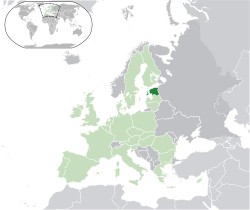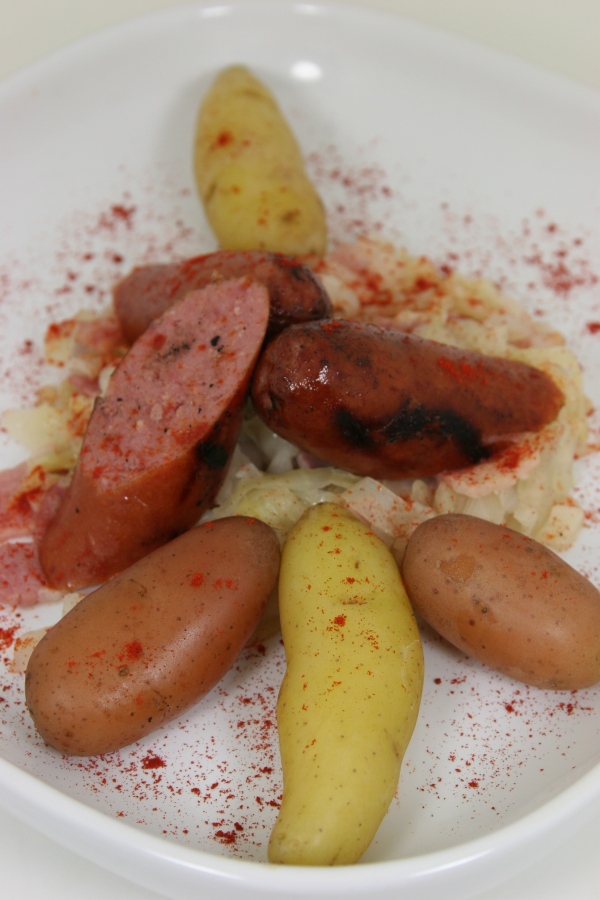 Greetings and salutations fellow travelers! I have spent several weeks in the desert getting in touch with my innerself and have returned to our ship to continue the journey at exactly the right time! Namely, right now.
Greetings and salutations fellow travelers! I have spent several weeks in the desert getting in touch with my innerself and have returned to our ship to continue the journey at exactly the right time! Namely, right now.
Our next country is Estonia and this leg of our journey will bring us back to the Baltic Sea and northern Europe. To get there from Eritrea requires us to sail westward out of the Mediterranean Sea and then turn north along the flanks of Western Europe. North of the UK we turn eastward into the Baltic sea passing once again between Sweden and Denmark.
 Estonia lies south of Finland and north of Lithuania and Latvia on the Eastern edge of the Baltic Sea and shares its eastern border with Russia. In fact much of the last century found Estonia a principality of the former Soviet Union as well as Nazi Germany. It was not until 1991 that Estonia found its independence from Russia and launched one of the most successful and rapid economic reforms in European history. Acting as a mediator between East and West in the days following the collapse of the Soviet Union, Estonia forged an economy that is versatile and utilizes both technological advances and societal innovation to achieve prosperity. Estonia famously enacted a flat income tax of 26% in 1994 regardless of a citizens income. This was followed by a reduction on 3 occasions of the tax rate to its low point of 21% in 2008.
Estonia lies south of Finland and north of Lithuania and Latvia on the Eastern edge of the Baltic Sea and shares its eastern border with Russia. In fact much of the last century found Estonia a principality of the former Soviet Union as well as Nazi Germany. It was not until 1991 that Estonia found its independence from Russia and launched one of the most successful and rapid economic reforms in European history. Acting as a mediator between East and West in the days following the collapse of the Soviet Union, Estonia forged an economy that is versatile and utilizes both technological advances and societal innovation to achieve prosperity. Estonia famously enacted a flat income tax of 26% in 1994 regardless of a citizens income. This was followed by a reduction on 3 occasions of the tax rate to its low point of 21% in 2008.
Not all has been golden for post-Soviet Estonia however. In the 2008-2009 Financial Crisis, Estonia was the second hardest hit European nation. Estonia will become an official member state of the European Union in 2011.

Estonian history dates back to 6500 BC, based on fossil evidence of fishing villages in the north of the country. Its language, Estonian is similar to Finnish. Since early in its history, Estonia has been invaded and ruled by larger more powerful neighbors. Danes, Swedes, Germans and Russians have all conquered or been ceded the land of Estonia. Invariably aspects of each invader have become part of the culture of Estonia.
Since our journey centers on the food of each nation, let’s discuss the national dish of Estonia. Verivorst is more regularly known as Blood Sausage. Made from blood and barley, it is very similar to black pudding in England, or Mustamakkara in Finland. Versions of this can be found throughout this region of the world and are a tribute to the use of the whole animal and readily available local ingredients found in everyday cuisine.
This is not a dish that is likely to sit well in the minds of people who did not grow up with it. It is a challenge for me as well. However, as this entire journey has shown, some recipes can surprise you even when you have made up your mind to dislike them. This will make the next paragraph seem like a copout, but I assure you, I have and will eat scarier things in my life than carefully cooked sausages full of pigs blood. After all, sausages are made from scraps and detritus to begin with aren’t they?
In this case, sadly I was unable to obtain the necessary ingredients to make Verivorst. Also it is not something found regularly in finished form in grocery stores in my area. I substituted a Polish Keilbasa which tasted delicious but is not Estonian. If you can provide feedback on Verivorst, I know readers, and myself, will appreciate it. I promise to try the dish and report on it here when I have the opportunity.
To add authenticity to this dish and my substitution, I did in fact find an authentic Estonian recipe and make Mulgikapsad, which is basically Estonian Sauerkraut with Barley and Bacon. This dish is a winner and is similar to Armenian Harissa in its use of both cabbage and whole grain. I am including the recipe below which is adapted from the recipe I cited. For example, I used ½ cup of barley groats instead of the ½ glass that was called for. Anyhow it worked out and is really quite delicious!
CLICK HERE FOR PRINTER FRIENDLY VERSION
Rating:
Appearance: 3 out of 5
Aroma: 5 out of 5
Flavor: 5 out of 5
Total: 13 out of 15
Mulgikapsad (Estonian Sauerkraut)
1 kg sauerkraut
half a cup of barley grouts
500g bacon (1Lb)
2 onions
salt, sugar, water
Directions
Dice the onions and fry them with a little fat or oil in a medium stock pot
Add the diced bacon and fry till cooked through (the onion will soften significantly)
Add the sauerkraut to the pan
Add water till just covered stirring to deglaze the bottom of the pan
Add barley and bring to a boil
Cover and stew it under the lid for 20-30 minutes
Make sure the water doesn’t boil off
Add salt and sugar to taste
Serve with boiled potatoes and pork or Verivorst

http://www.travelpod.com/travel-blog-entries/thorgal67/tallinn-2005/1121406000/tpod.html ![]()

Eric Ackerson is a food writer, blogger and seafood marketing professional. His work takes him to many ports of call around the world. Currently Eric is cooking the national dish of every country on Earth at his blog My Hungry Tum. Eric enjoys travel and says his favorite food cities are Singapore and Vancouver. He lives in Charlotte NC with his wife and two daughters who he says are quickly becoming “foodies” themselves…








